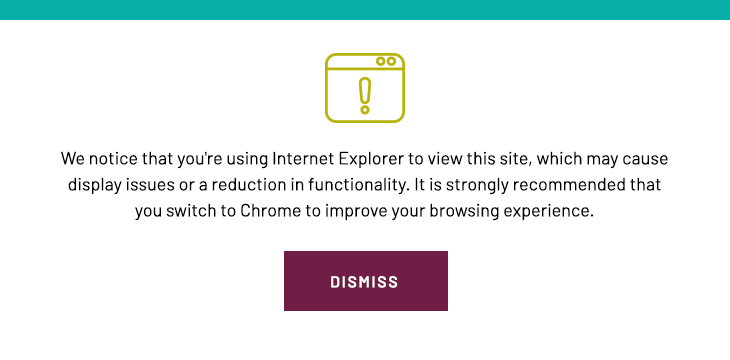



Every summer about the time the last of the cherry bombs went off and the flag banners had finally been rolled up, my dad, James, would call me out of the treehouse to help with a family ritual. He’d roll Big Red, our old Pontiac Catalina, out of the garage and we’d set to work giving it the once-over. I got to check the oil while Pop checked all the other fluids. Then we work our way around the fenders, checking the tire pressures and emptying out the trunk. Pop would always insist we go the extra mile – no shortcuts allowed. We’d pull the spare tire for inspection and add some air. The tire jack would come out to be set up, operated, oiled, and replaced. The first aid kit would be repacked, and extra cans of water and engine fluids added to our trunk kit. Wrapping up these preparations the day prior to starting our family summer road trip became a regular routine.
Eventually, we started making the trip a combined vacation with Mom’s brother, Mark, and his family. The first few years they came along, we would meet up the day prior to leaving and Pop would run through the same preparations with Uncle Mark’s vehicle as we’d done for Big Red. The big difference was that Uncle Mark wasn’t at all interested in what Pop was doing with the car. He would just sit on the front porch watching us work and cracking jokes about “Jittery Jimmy” being so paranoid.

After observing this a few times, I couldn’t help but ask, “Why do you put up with all that ribbing, Pop?” He proceeded to tell me the story of his first big road trip during his senior year at college. He was planning to drive over Christmas break from the dorm right through to Las Vegas to meet up with some friends. Not having done these regular preparations, he broke down somewhere in the desert. Pop had almost died out there before someone happened along and found him. Traffic in that area was sparse during the holiday season, and it’s terribly cold and dry in the desert during the winter. He explained how we were linked together on this family trip. If Uncle Mark breaks down, we’re stuck there with him – as much as Pop might wish he could leave him behind – Mom would never agree to abandon him. So, it was worth the abuse to make sure we had a safe and sound journey.
Much like our family vacations, Public-Private Partnerships (P3) are group journeys that are very difficult and costly to abandon once the group embarks. With all the different participants and stakeholders, they may be more akin to a truck convoy than our pair of family sedans, but the same principles still apply. The number of interwoven commitments and contractual relationships makes it essential that the individual drivers know the route and are aligned with the intent of the trip. More participants only increase the possible points of failure, and not looking forward to all the ways your journey could be stalled sets up the risk of that exact problem occurring at the most inopportune time.
The standard practice in most capital projects is to transfer as much risk as possible to other parties using contracts. Architects and engineers take over the design risk, contractors assume the execution risk, and insurance companies cover actuarial risk. The remaining risk is left with the owner, who very often adds a simple percentage to the cost estimate as a reserve and hopes for the best. This exercise is like my Uncle Mark running by the bank to cash a check before we left town. He never laid eyes on his spare tire or jack, thinking that extra bit of cash would get him out of a jam. Luckily, my father knew very well that those greenbacks are useless when you’re stuck alone in the desert.
Amplifying these risks, which are common to most capital projects, is the overarching risk for the Public-Private delivery method where owners have very little direct control over other parties. The numerous layers of contracts and arms-length relationships create an environment where taking immediate action is difficult. This only increases the importance of planning for risk mitigation and building sound contingency plans before those risks become a reality.
There is a sizeable amount of technical analysis that goes into a thorough understanding of these types of P3 risks. Very often, the project owner has neither the time nor the capacity to go into a detailed investigation of each of these items. The critical benefit of understanding what steps should be taken to prevent a disaster isn’t often realized. My father had learned that it wasn’t enough just to see the tire jack in the trunk. We had to oil the mechanism and operate it to ensure it would work when needed. It isn’t the analysis alone that solves the problem – it is the steps taken by the project team to prevent problems and mitigate risks that bring the largest benefit.
Owners leading capital projects, and Public-Private Projects specifically, generally recognize that risk management is an important project management tool. “Risk management” seems to have become a buzzword and the topic of many an article and seminar in recent years, but the implementation of formal risk management programs remains the exception rather than the rule.
Owners stop at risk transfer and simple contingency reserves when a more robust program could bring far greater benefit. Implementing a risk management program is not costly, often 0.1% to 0.3% of a project’s construction value, and can bring about savings far in excess of the small expenditure. Third-party assistance in analyzing project risk and developing mitigation plans could be a key component of your next successful project.
When starting out on a long journey, be more like my father and less like my uncle. Take the time to thoroughly prepare for the chance occurrences that inevitably pop up on the road. Your journey will be much more successful, and your head will lay much lighter on the pillow at night.
Learn more about P3 delivery by visiting additional blogs below:
P3 Delivery: Are We Riding the Brake or Pressing the Gas Pedal?
Hot Potato…Who Has the Risk in P3?
Design-Build-Operate P3 Delivery in Sports Facilities for Municipalities
Comments